**Plant Profile: Furcraea – Striking Succulent Perennials**
*Introduction*
Furcraea is a genus of succulent plants belonging to the Agave family (Asparagaceae). Native to various regions in the Americas, these striking perennials are well-known for their rosettes of thick, sword-shaped leaves and dramatic flowering stalks. The genus comprises several species, each with unique characteristics and ornamental value.
*Appearance and Characteristics*
Furcraea plants typically form large, symmetrical rosettes of long, strap-like leaves. The leaves are often bluish-green or gray-green in color and have serrated edges, giving them an attractive appearance. The size of the rosettes can vary between species, with some growing compact and others reaching several feet in diameter. In maturity, Furcraea sends up tall flower stalks from the center of the rosette, bearing clusters of bell-shaped or tubular flowers in shades of white, cream, or green.
*Cultivation and Care*
Furcraea plants thrive in warm to hot climates and prefer well-draining soil. They are well-suited for arid and semi-arid regions and can tolerate drought conditions once established. These hardy succulents prefer full sun to partial shade, depending on the species and local climate. When grown in pots or containers, they require a well-draining soil mix tailored for succulents. Regular watering is necessary during the growing season, while reduced watering is advised during the dormant winter period.
*Propagation and Growth*
Furcraea plants can be propagated through various methods, such as division, offsets, or seeds, depending on the species. Offsets are baby plants that develop at the base of mature rosettes and can be carefully separated and replanted to grow new individuals. Some Furcraea species produce seeds that can be sown for propagation. It’s important to note that Furcraea plants are generally slow growers, but once established, they require minimal care.
*Landscaping and Ornamental Uses*
Furcraea’s bold and architectural appearance makes it a popular choice for landscaping purposes. These succulents can be used as striking focal points in rock gardens, xeriscapes, or as statement pieces in garden beds. They also work well in containers, adding a touch of elegance to patios, courtyards, or indoor spaces with ample sunlight. Their long-lasting flowers are an added attraction, creating a stunning display during their blooming period.
*Cautionary Note*
While Furcraea plants are not typically toxic to humans, some species can have sharp leaf tips, which may cause skin irritation or injury if not handled with care.
*Conclusion*
Furcraea plants are captivating succulents that bring a touch of drama and elegance to various landscapes and garden designs. With their attractive rosettes, eye-catching flower stalks, and low-maintenance care requirements, they are favored by both experienced gardeners and succulent enthusiasts alike. Their adaptability to arid conditions and ornamental value make them an excellent addition to gardens, enhancing outdoor spaces with their unique and beautiful presence.

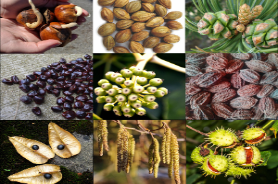

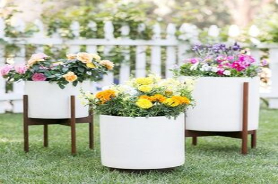



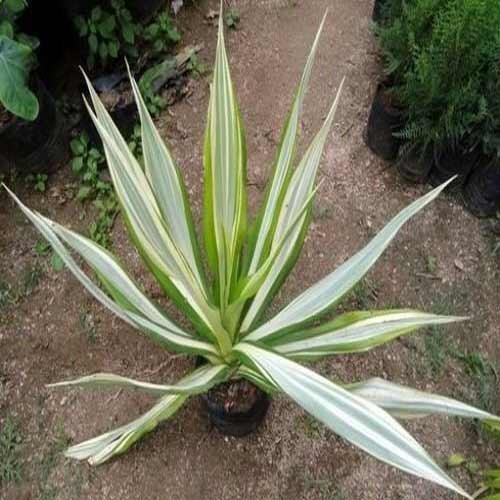
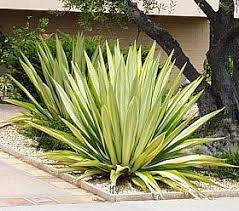
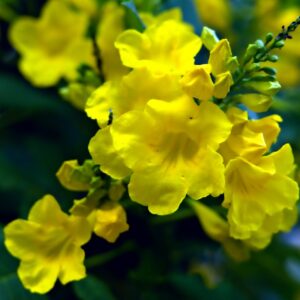

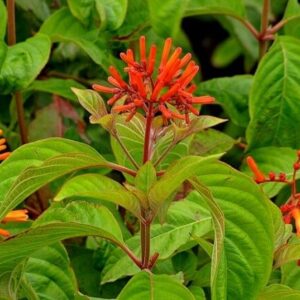

Reviews
There are no reviews yet.